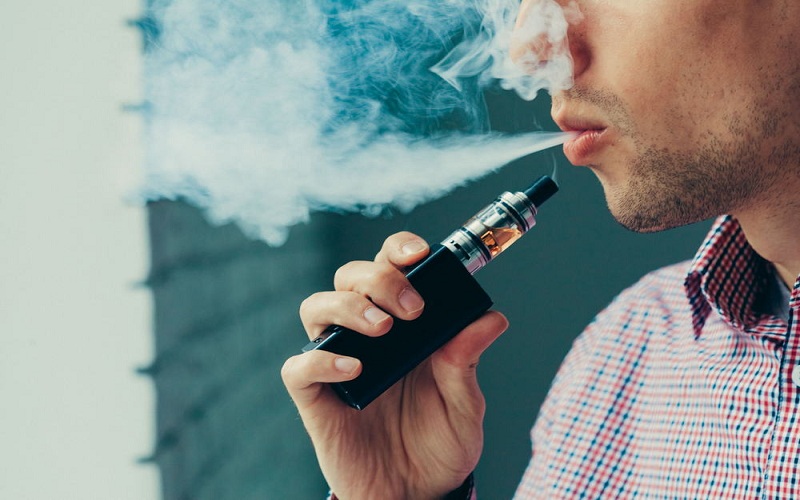How Vaping Has Changed the Medical Cannabis Scene

Medical cannabis users rely on a variety of delivery methods to get their THC. Vaping is one of them. But up until about 17 years ago, vaping was not a thing in the U.S. and Europe. Once it did catch on here, it changed everything. It has certainly changed the medical cannabis scene.
Remember that California became the first state to legalize medical cannabis in 1996. That was seven years before the first commercially successful electronic cigarette was invented, and a full decade before that device made it to the U.S.
Smoking Is a No-Go
Oregon, Washington, and a number of states followed California’s lead in the late 1990s and early 2000s. Today, thirty-nine states have given the green light to medical cannabis. But in the vast majority of those states, smoking marijuana medicinally is a no-go. Regulators and lawmakers do not want to offset the benefits medical cannabis offers by exposing patients to the carcinogens generated by burning plant material.
Utah is one of the states in which smoking medical cannabis is not allowed. But like other states, Utah offers viable alternatives. Vaping and dry heating are among them. It’s worth noting that dry heating was developed after vaping. What if vaping had never come to our shores? It is possible that dry heating would not have been developed either.
Edibles, Tinctures, and Topicals
Beehive Farmacy is a Utah medical cannabis pharmacy with locations in Brigham City and Salt Lake City. They say that vaping and dry heating are easily the most popular delivery methods among Utah patients. But if vaping and dry heating were not legally allowed, patients could still take their medicines by way of edibles, tinctures, and topicals. So why does it matter?
One of the big advantages of vaping and dry heating is getting THC into the system by way of the lungs. Inhalation is the fastest way to start experiencing cannabis’ effects. Tinctures work pretty quickly as well, so they would be a close second in terms of delivery speed.
It is a different story with edibles. Products like THC gummies work, but it can take hours before a patient begins feeling the effects. That’s because the THC has to work its way through the digestive tract. In addition, the effects are more explosive and linger for a longer amount of time due to the way the liver processes THC. As a result, patients often find it difficult to correctly dose with edibles.
Vaping Offers the Best of All Worlds
The big benefit of vaping is that it offers the best of all worlds. It gives medical cannabis patients access to the THC they need with a system that delivers as quickly as possible. Vaping is also convenient and easy to manage from a dosage standpoint.
In essence, medical cannabis patients get all of the practical benefits of smoking without having to actually inhale smoke. What is not to love? Vaping has proven itself as a vial alternative to smoking, whether you are talking about tobacco or marijuana.
Speaking of tobacco, it’s ironic that many of the same states that promote cannabis vaping continue to fight against nicotine vaping. It makes no sense to me. As far as I can tell, it needs to be a matter of politics and ideologies. At any rate, vaping has done for medical cannabis patients the same thing it has for tobacco smokers.
Vaping has dramatically changed the medical cannabis scene. It has changed it for the better. Patients have access to the preferred delivery method without the negatives of smoking. I call that a win.
